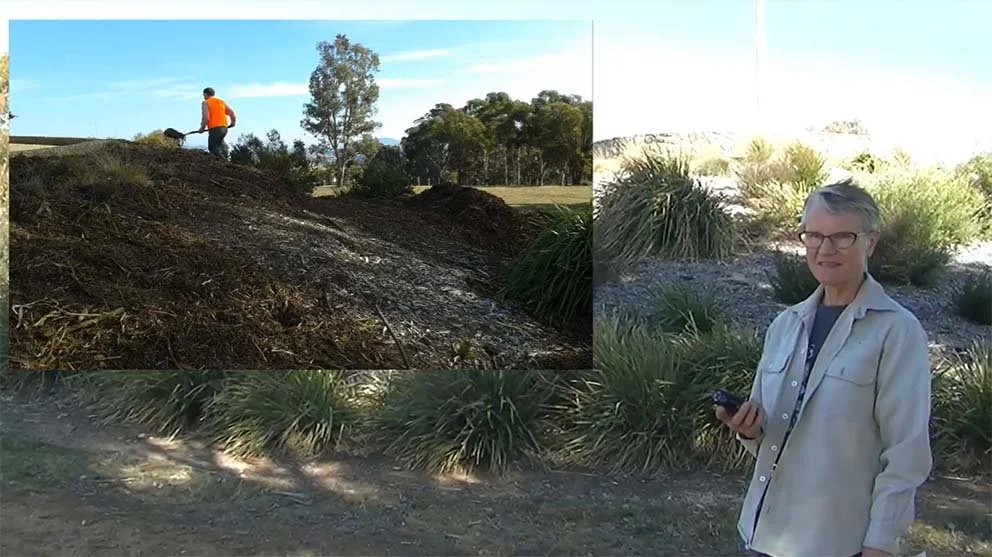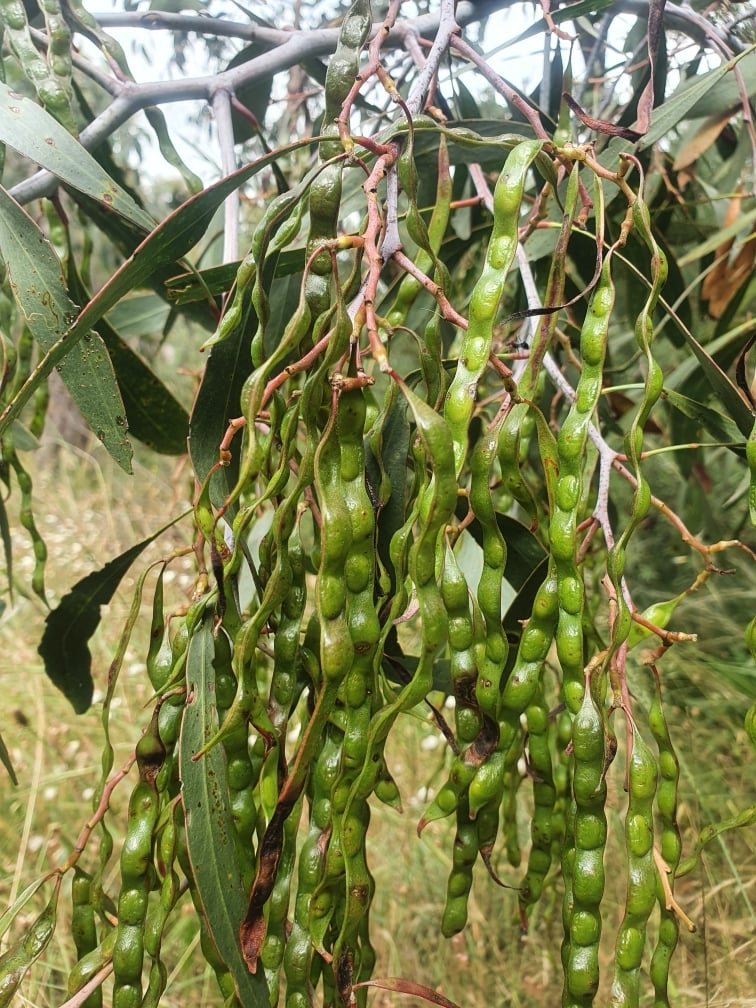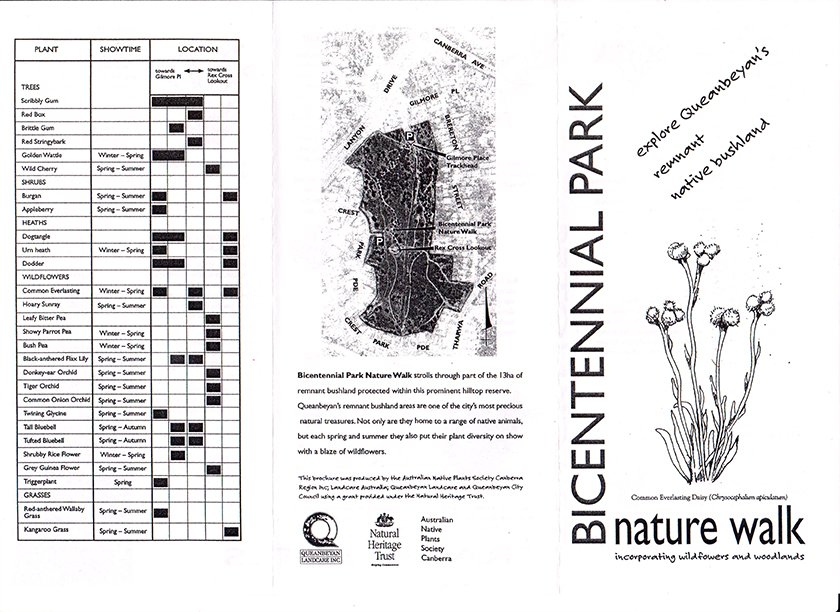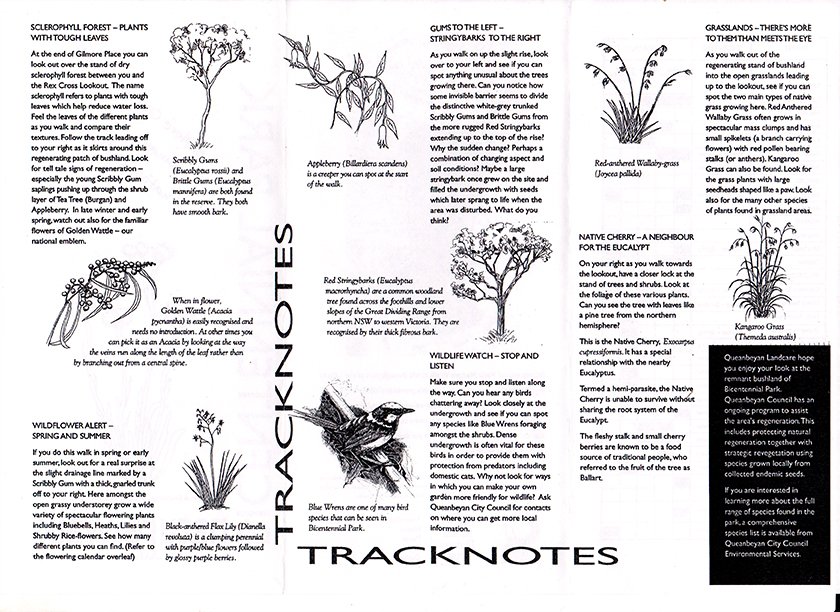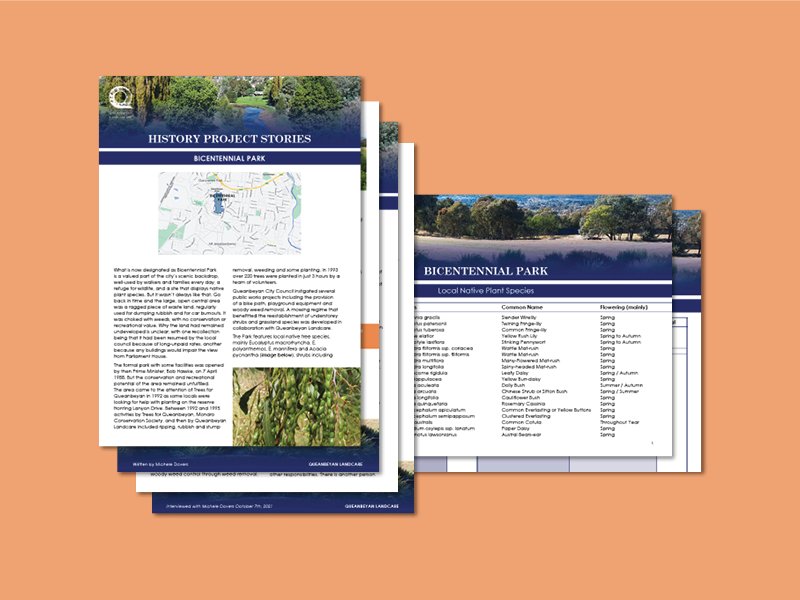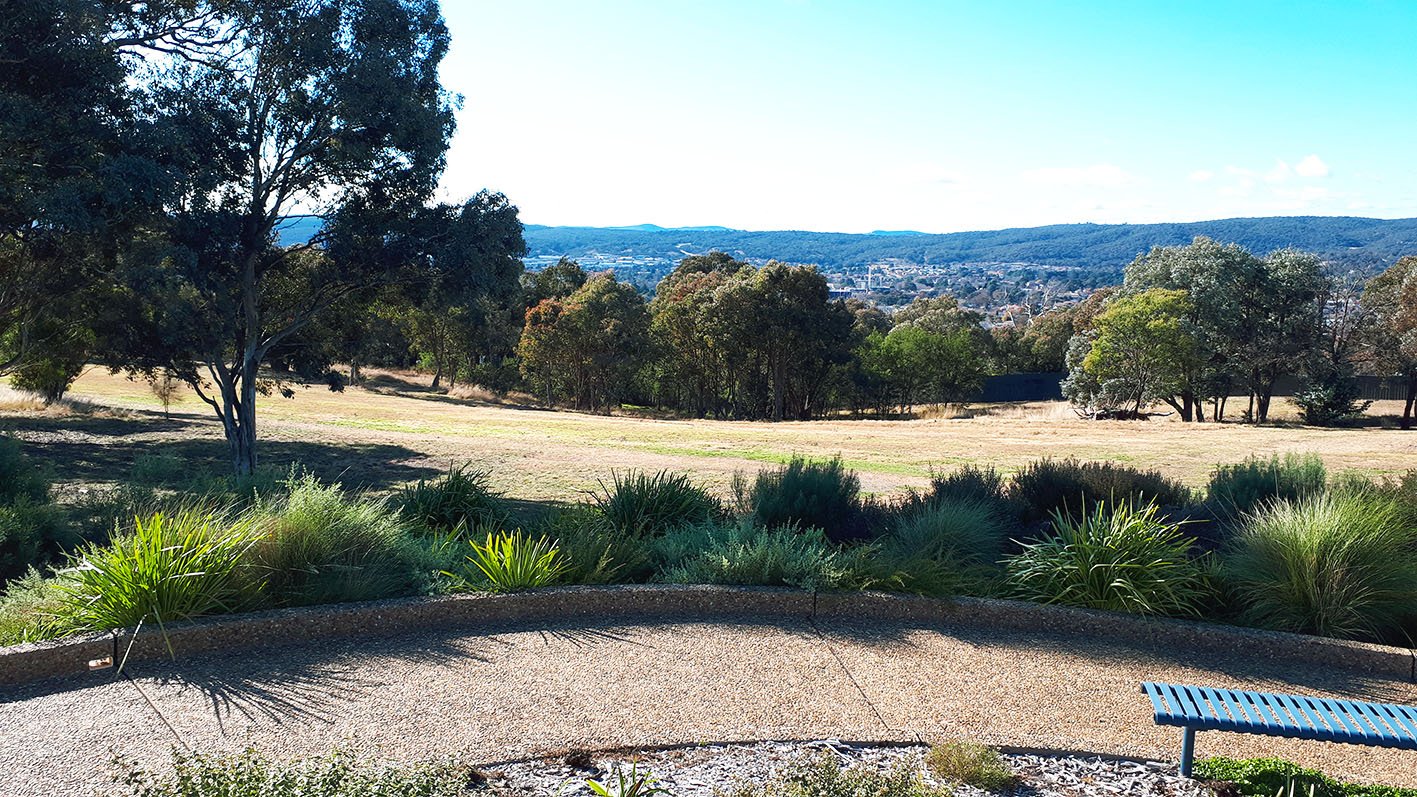
History Project Stories Bicentennial Park
In 2018 Helen Hadobas detailed the diversity and a touched on the story of Bicentennial Park. Acknowledgements to Upper Murrumbidgee Landcare group with their assistance in making this video possible.
What is now designated as Bicentennial Park is a valued part of the city’s scenic backdrop, well-used by walkers and families every day, a refuge for wildlife, and a site that displays native plant species. But it wasn’t always like that. Go back in time and the large, open central area was a ragged piece of waste land, regularly used for dumping rubbish and car burnouts. It was choked with weeds, with no conservation or recreational value. Why the land had remained undeveloped is unclear, with one recollection being that it had been resumed by the local council because of long-unpaid rates, another because any buildings would impair the view from Parliament House.
The formal park with some facilities was opened by then Prime Minister, Bob Hawke, on 7 April 1988. But the conservation and recreational potential of the area remained unfulfilled. The area came to the attention of Trees for Queanbeyan in 1992 as some locals were looking for help with planting on the reserve fronting Lanyon Drive. Between 1992 and 1995 activities by Trees for Queanbeyan, Monaro Conservation Society, and then by Queanbeyan Landcare included ripping, rubbish and stump removal, weeding and some planting. In 1993 over 220 trees were planted in just 3 hours by a team of volunteers.
Queanbeyan City Council instigated several public works projects including the provision of a bike path, playground equipment and woody weed removal. A mowing regime that benefitted the reestablishment of understorey shrubs and grassland species was developed in collaboration with Queanbeyan Landcare.
The Park features local native tree species, mainly Eucalyptus macrorhyncha, E. polyanthemos, E. mannifera and Acacia pycnantha (its green seed pods pictured right), shrubs including Bursaria spinosa, Acacia genistifolia, Kunzea ericoides and various peas, and ground layer plants including Rytidosperma pallidum (Red-anther Wallaby grass) in the woodland areas and Themeda triandra (Kangaroo Grass), Austrostipa (Spear Grasses) and Bothriochloa (Redleg Grass) in the grassland areas, as well as swathes of Leucochrysum albicans subsp. tricolor (Hoary Sunray) and other wildflowers including orchids throughout. Wildlife observed includes Grey Kangaroos, Bearded Dragons, Eastern Bluetongues, Copper Skinks and birds including Magpies, Kookaburras, Tawny Frogmouths, Wattle Birds, Friar Birds, Noisy Miners, Rosellas, King Parrots, Galahs, Koels, Fairy Wrens, Scarlet Robins, Pardalotes and Thornbills.
In 1996 a proliferation of native herbaceous perennials was noted and the proposal was made to raise the awareness of local wild flowers in the Community. It was decided that a flowering calendar would be developed and interpretive signage designed. The idea for an orchid and wildflower walk emerged in 1997 and the planning started. In 1998 a grant of $7,400 was received from the Natural Heritage Trust for the establishment of a wildflower and orchid walk in Bicentennial Park.
The main aims and outcomes were to:
“raise public awareness of sustainable land management and the importance of biodiversity through community consultation
focus attention on the grassland and wildflower community, promoting their presence by preparing a flowering calendar and establishing a natural heritage walk/trail.''
A species list including a description of the flowering characteristics was complied with the help of the Society for Growing Australian Plants. A subcommittee of Queanbeyan Landcare was formed – Friends of Bicentennial Park. Plant lists were developed, plans discussed, residents surveyed, and brochure boxes were designed and costed. A draft copy of the brochure was available by February 2001 however it was not until November that the final version was printed. Issues unconnected to Queanbeyan Landcare delayed the official opening but in November 2003 the Orchid and Wildflower Walk was launched on site, with some thirty people attending.
In 2004 the Queanbeyan Landcare Chair’s report indicated that the project was over. Disappointingly, it was reported that the Brochure boxes had been vandalised and the brochure was only available at the Queanbeyan Tourist Centre or the Council offices.
In 2014 a new ‘Friends of Bicentennial Park’ emerged. This group has concentrated on weeding, rubbish removal and letting natural plant regeneration take place. The group has actively collaborated with Council on erosion control, mowing and spraying regimes, path construction and maintenance and landscaping. The main weeds targeted are African Lovegrass and St John's Wort as well as woody weeds. There has been extensive rehabilitation of the lookout in collaboration with QPRC.
An extensive plant and animal list was created by Helen and Paul Hadobas who both have extensive knowledge of the area and of local ecology.
Bicentennial Park has been transformed from a rubbish-strewn wasteland to a valuable recreational, scenic and conservation asset for the people of the city over the space of three decades. As ever, progress has not been always smooth, but Queanbeyan Landcare and the dedicated Friends group can be proud of the role they have played in this transformation. With such volunteer efforts, and continued contributions from Council and the community, there is no reason that this asset cannot be just as treasured in decades to come.
Download the full story with supporting documents
Gallery
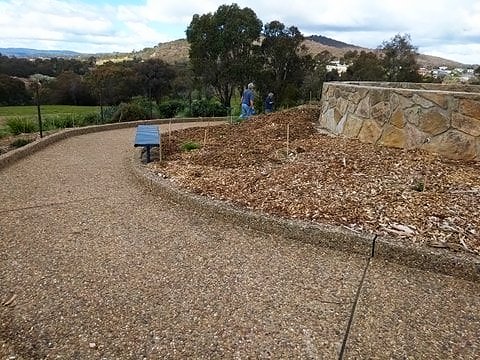







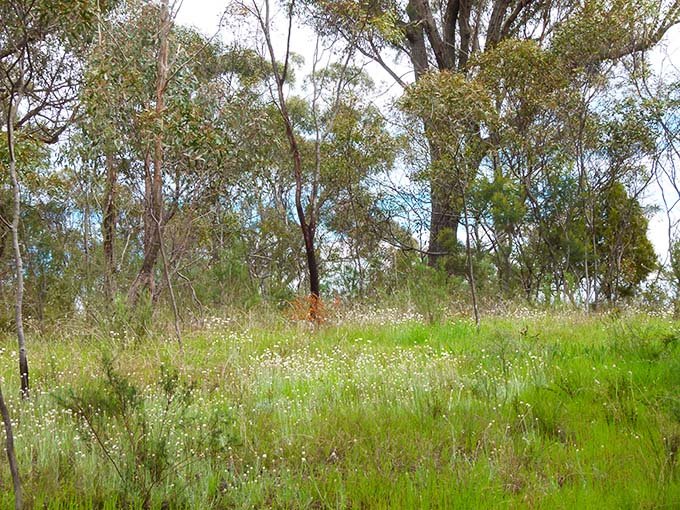
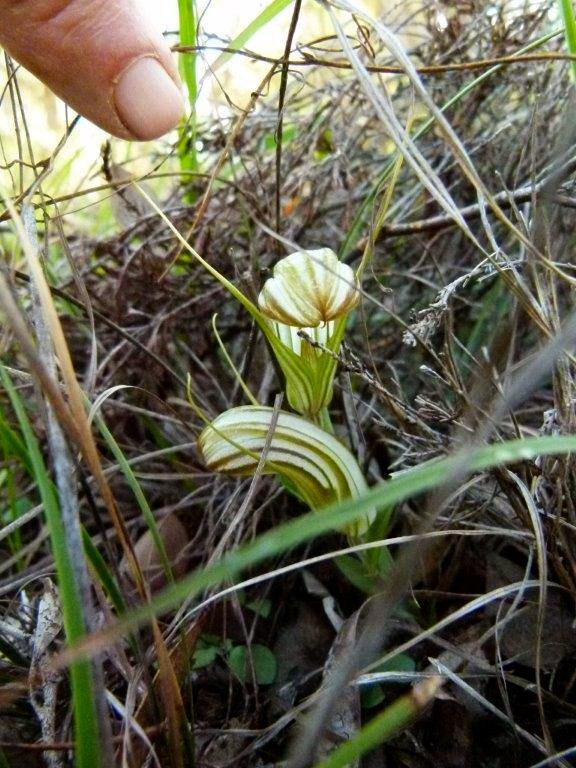
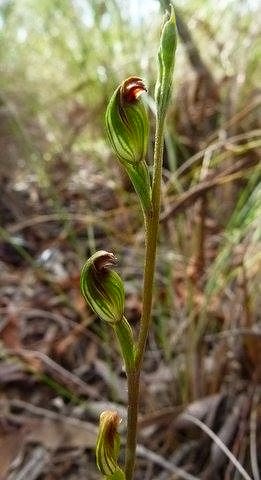




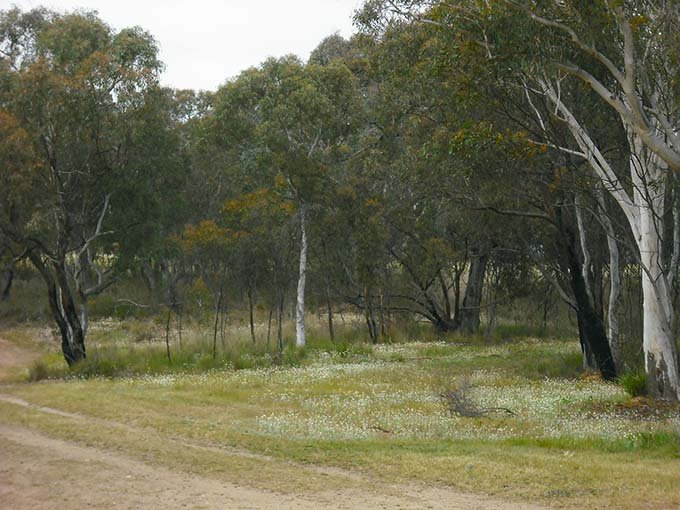
Images this page: Header and Footer © Ian Johnsson | Helen and QLc members working on the Hill 2021 © Helen Hadobas | Gallery images © Helen Hadobas & Ian Johnsson.


